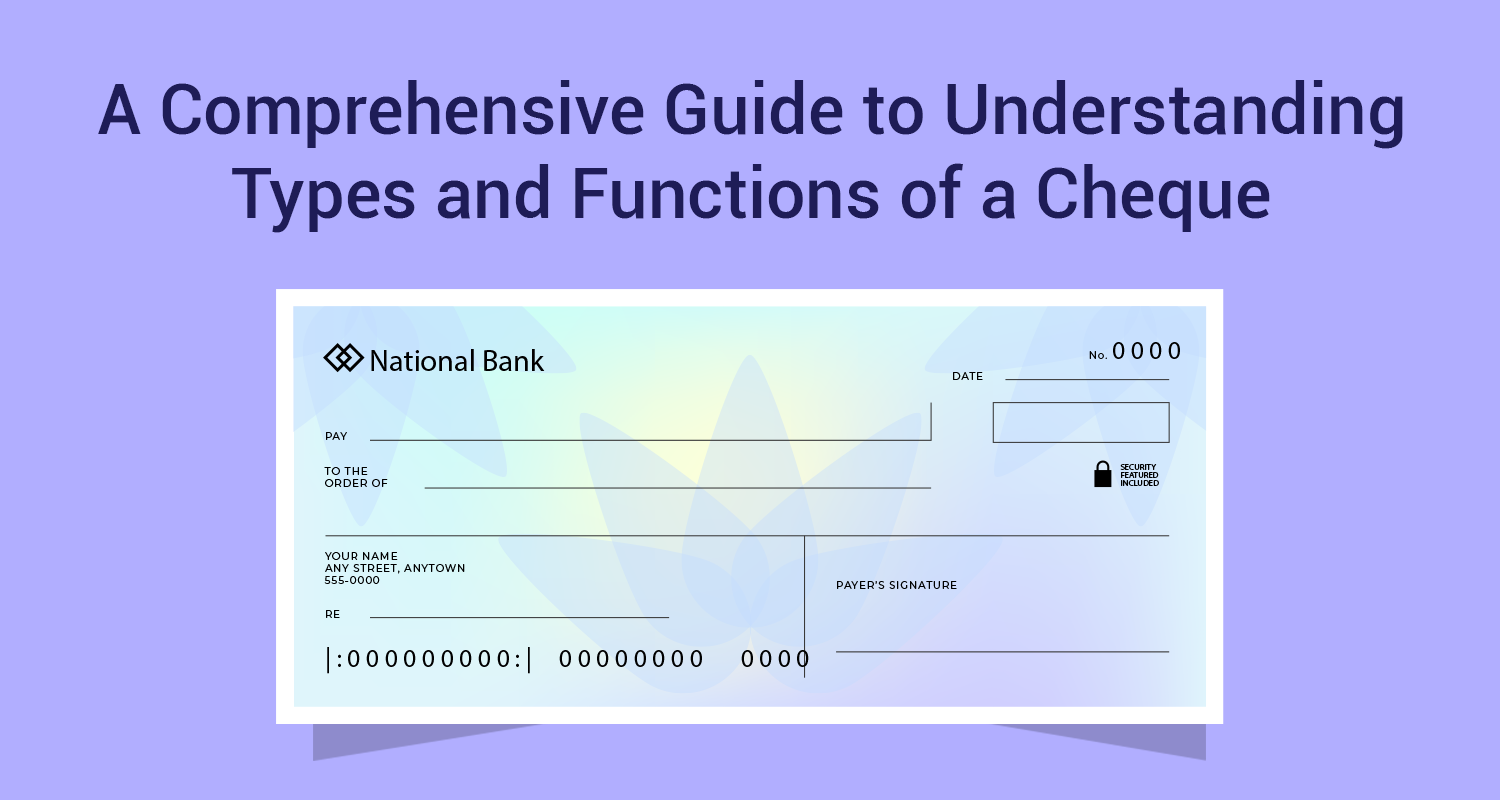How to Select Mutual Fund after the SEBI Categorization Rules?

SEBI categorization of mutual funds clearly lays out 32 categories of various funds. These include 10 categories of equity funds, 16 categories of debt funds, 4 categories of hybrid funds and 2 categories of solution based funds for retirement and planning for child’s education. The idea of the re-categorization was to bring about clarity among the investors and financial advisors about know what they are invested in.
- In the base case we have over 40 AMCs with over 3000 plans on offer, making it really hard to make a choice. The categorization has redefined the categories with clear definitions. Here is what it means for your mutual fund portfolio
- When it comes to diversified funds, there is normally very little difference between the index and the portfolio of the fund. The new categorization separately categorizes index funds and diversified equity funds. So if a diversified equity fund has 95% exposure to the index then it will be called an Index Fund and the AMC will have to charge lower Total Expense Ratio (TER) on that fund. Why should you pay active charges for passive investment strategy?
- The second pertains to the classification of fund categories based on market cap. SEBI has reclassified based on their market cap rankings. So the top 100 will be large caps. Your mid cap fund may be 10 years old and many of these mid caps may have become large caps. You may believe that you are invested in mid-caps whereas it may be part of your large cap portfolio. This will throw light on the problem.
- The third implication pertains to debt fund. Now funds cannot get away giving attractive sounding names to make the lower credit quality look like an opportunity. The SEBI categorization has clearly identified contours for various classes of debt funds based on credit risk. Ensure that it fits into your goals.
- Continuing on the topic of debt funds, the second major criteria for classification of debt funds is on duration. Nowadays, we have short term funds that invest in long term assets. It creates an expectation mismatch. You can sit down with your advisor and work out how to revamp your debt fund portfolio.
- SEBI has clearly divided balanced funds into 3 distinct static categories. Names like balanced funds, MIPs, Aggressive MIPs are all quite misleading. The fund categorization will now purely be on the basis of duration of the bonds held and the name of the fund will specify that
- There is no limit on sectoral funds that the AMC can have. A lot of funds today are virtually banking funds or financial services funds. In such cases, the fund will have to restructure the fund nomenclature to clarify that the fund actually carries sectoral risks. It clarifies matters a lot more.
- SEBI has categorized arbitrage funds also under the balanced funds category. Arbitrage fund goes long on cash markets and sells equivalent futures. The spread is locked in as assured returns. Hence it is more like a debt fund and not like an equity fund. However, the arbitrage fund still gets tax benefits under the IT Act on dividends and capital gains. This may change as the next logical step.
- For investors, the big mandate is to make a shift in your portfolio. The good news is that you can do the reclassification allocation on a no exit-load basis for one time post the reclassification by SEBI. That means you can shift according to your portfolio requirement without incurring any additional cost. Above all, it gives the investor total clarity on what is the asset mix that they are getting into in no uncertain terms.
- Finally, this reclassification will have larger implications for financial advisors. Most advisors are finding it difficult on two areas. Firstly, the fund names do not necessarily reflect the asset mix of the fund. That now stands rectified. Secondly, definitions of various funds have been largely standardized. So if ICICI Pru MF or HDFC MF or Reliance MF talks about a mid-cap fund, then the nomenclature will necessarily reflect the fact that more than 65% of the fund corpus is invested in mid-caps. That makes comparison and fund recommendations much easier for financial advisors.
Disclaimer : The information in this blog is for general purposes only and may change without notice. It does not constitute legal, tax, or financial advice. Readers should seek professional guidance and make decisions at their own discretion. IIFL Finance is not liable for any reliance on this content. Read more



